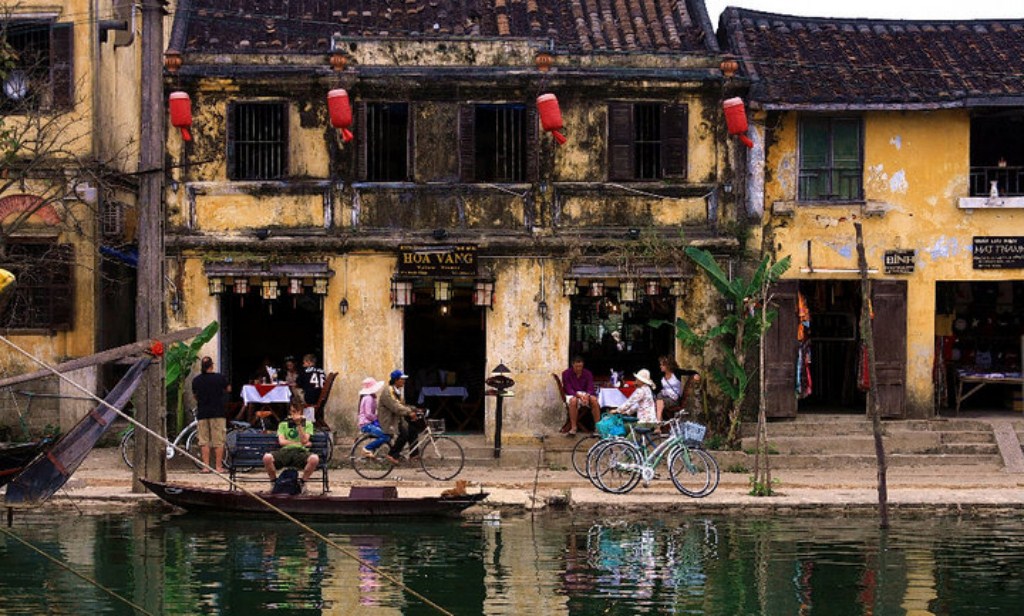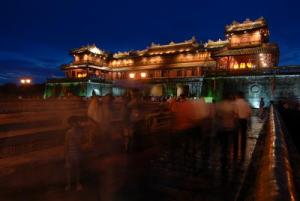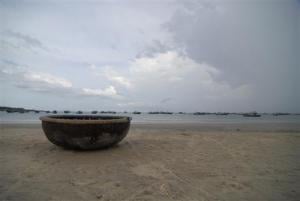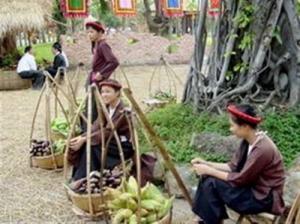Hoi An Could be Lost in a Decade

Hoi An is the only ancient town preserved in Vietnam and undeniably one of the most important cultural heritage in the country. It cradles a variety of monuments, including communal houses, pagodas, temples, tombs, ancient wells, dwelling houses, congregations, meeting halls, bridges and family-worship houses. These vestiges reflect the deep imprint of many historical periods and different cultures. Over the centuries, the customs, rituals, traditional recipes, cultural and religious activities have been preserved for generations by the people of the old town.
Such important factors were acknowledged by UNESCO and recognized Hoi An as a World Cultural Heritage site in 1999. In the recent years, there has been national and international recognition on the importance of Hoi An and the preservation of its unique historic quarter. The rapid economic growth, along with chemical and weather exposure has taken a toll on its over 1,000 ancient houses where 107 are in need of urgent repair while 55 of them are fast crumbling into ruins. According to the Director of the Hoi An Culture and Sports Centre, Vo Phung, the town is a living legacy and each house is a heritage waiting to be restored, which should be acted upon in line with the Heritage Law. The city is required to spend a huge part of its annual budget on these ancient houses’ restoration work. If not acted upon quickly, these dilapidated houses might not even make it in a decade.
Its cultural value is widely appreciated by tourists who come in considerable number by the year. In fact, revenue from tourism and services accounts for 65 percent of the city's GDP. Though authorities recognize the incalculable value of these old vestiges, efforts to preserve and restore every street corner, every house and the lifestyles of generations of the people is always marred by challenges. The city has issued very strict regulations on management, conservation and the use of ancient houses, consistent with the needs of the local population, to ensure harmony amongst the residents.
Additionally, profiles for each of the old houses were set in place. Financial support for the massive restoration work and repairs of collapsing houses has been given utmost priority. But the conservation efforts extend further than the needed architectural work. Some residents have adopted modern lifestyles, losing the spiritual sense expected to be innate of these old houses. The local people's customs and religious activities, the folk art and cultural festivals are seen to be at risk of disappearing in time. People involved in the restoration believe that this is an equally challenging task.
The restoration move aims to develop tourism in a way that safeguards the town’s intangible culture and tangible heritage, since such is Hoi An’s brand. This calls for a holistic restoration program to repair its ancient heritage home and heritage itself. Otherwise, Hoi An will stand to lose its ancient cultural architecture in entirety, which is fast crumbling into ruins, if no one acts in time.









